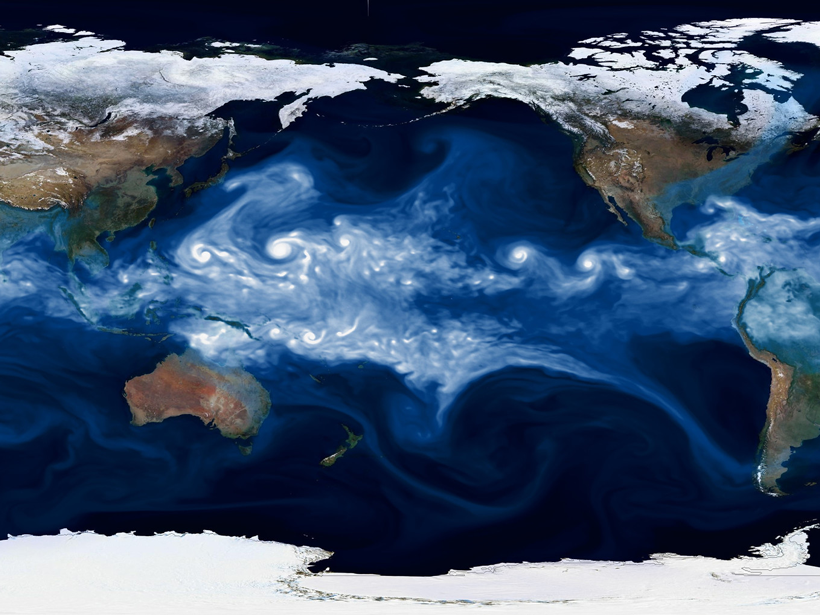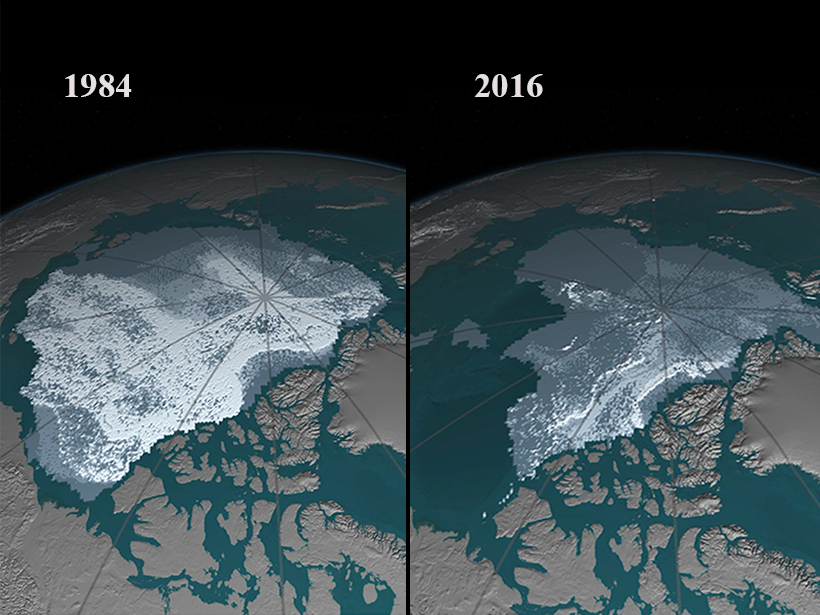Search for your address in this new database and get an easy to understand indicator of the potential for flooding now and over the next several decades as climate change alters our environment.
data management
Teaching Machines to Detect Climate Extremes
Artificial intelligence can be used to analyze massive amounts of data from climate simulations, but more training data are needed.
Hackathon Participants Solve Global Problems—from Home
More than 200 participants from 38 countries joined the virtual INSPIRE Hackathon to solve problems in food security, transportation, and more.
The Future of Big Data May Lie in Tiny Magnets
New research in the field of neuromorphic computing uses tiny magnets and their magnetic fields to optimize computing algorithms.
Creating Data Tool Kits That Everyone Can Use
Earth scientists outline challenges to making the growing wealth of available data more accessible and to using data services for interdisciplinary research and applications.
A New Global Map of Seafloor Fluid Expulsion Anomalies
The first open-source database of SEAfloor FLuid Expulsion Anomalies (SEAFLEASs) at a global scale reveals their distribution and physical parameters.
Snowpack Data Sets Put to the Test
A new study compares the accuracy of three observation-based methods of calculating snow water equivalent, a key component in water management.
Climate Data You Can Trust
Creating, curating, and developing the repository of climate data that underlies the U.S. National Climate Assessments requires the ongoing efforts of hundreds of experts.
2020 Hindsight: A Website for All Paleo-CO2 Data
A new website will soon compile and display all ancient atmospheric CO2 data.
A Geodata Fabric for the 21st Century
We have the potential to transform our understanding of Earth—if we can just figure out how to harness ever growing data streams.










